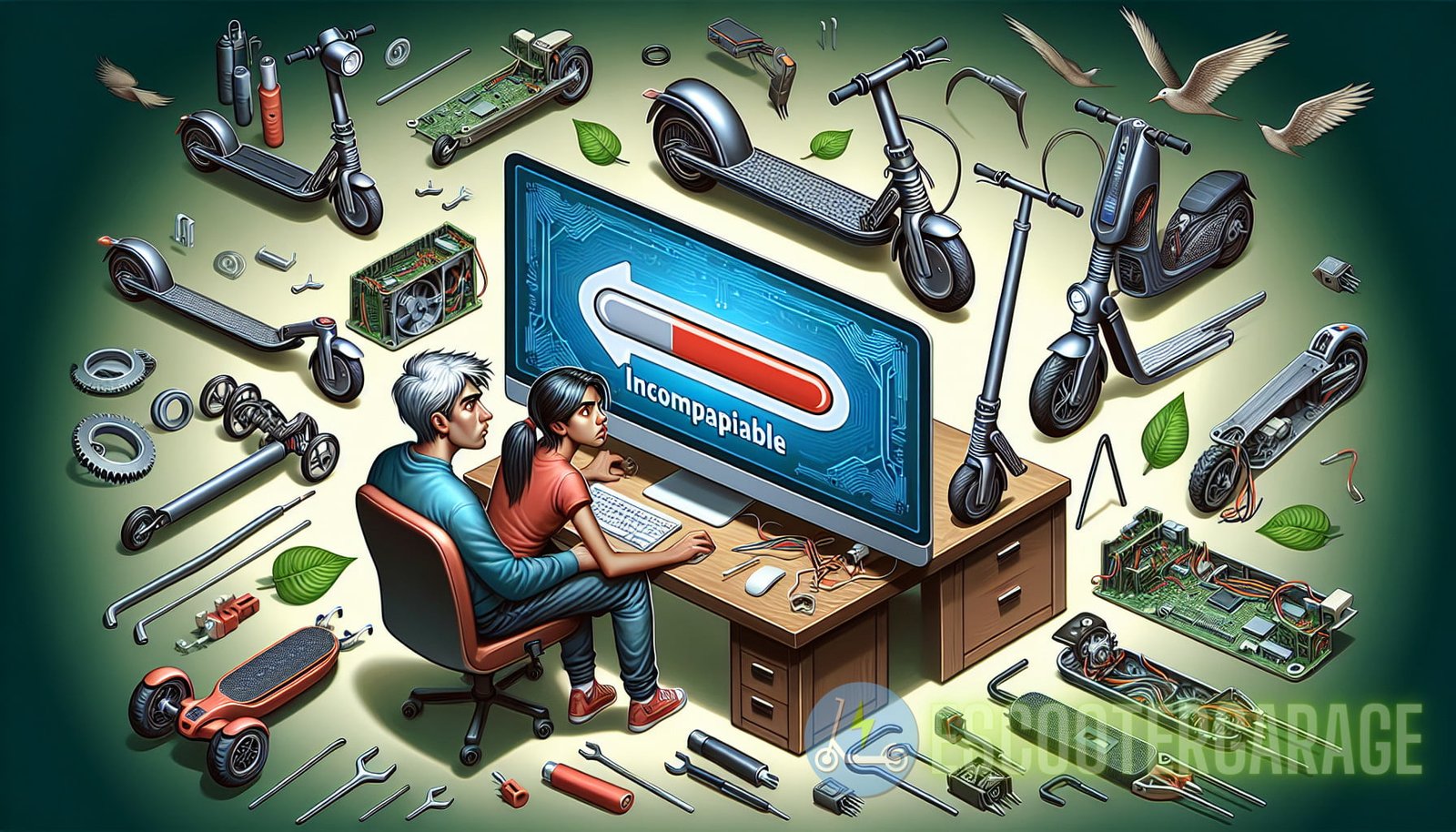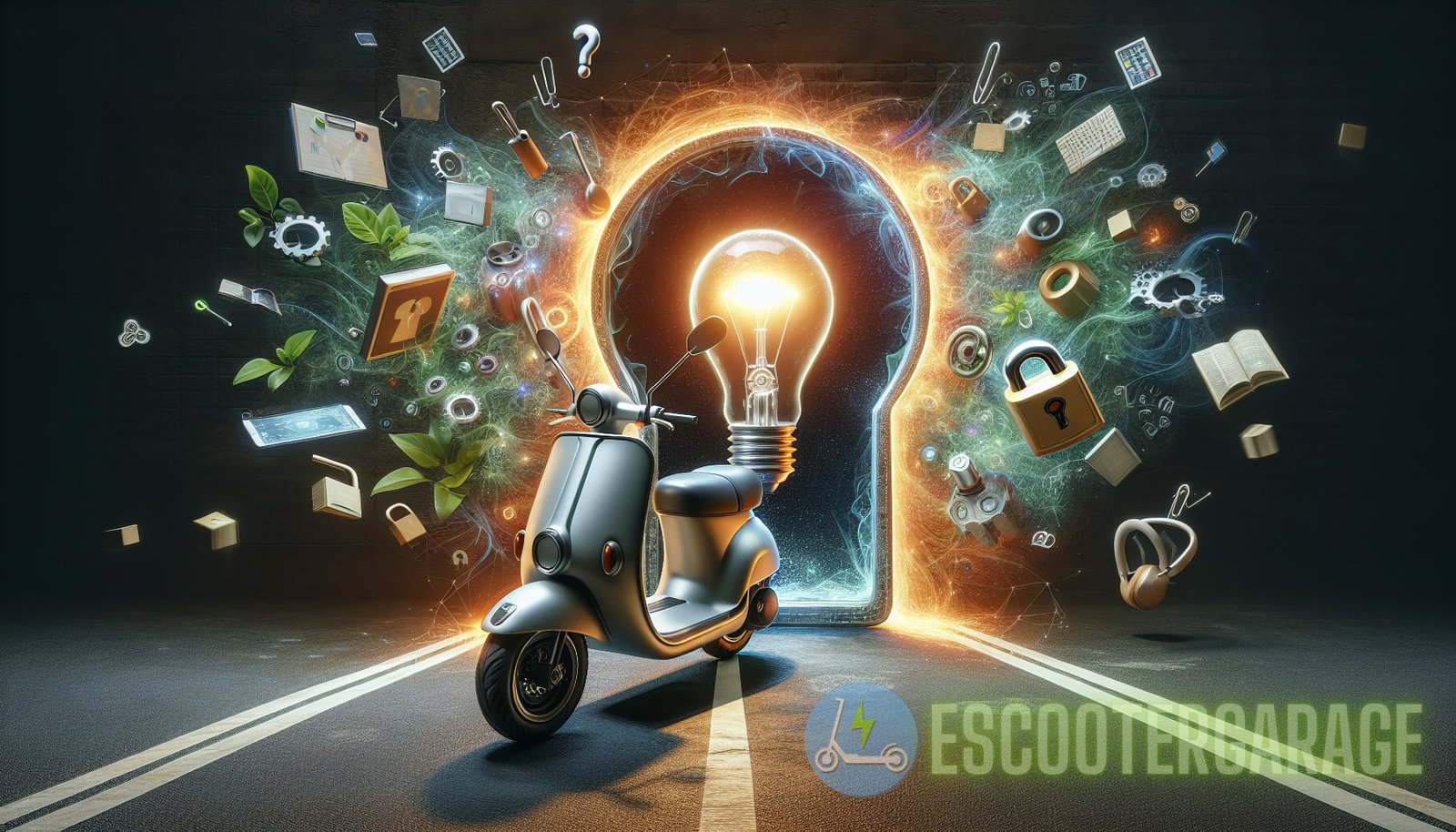Unlocking the Secrets: Unveiling the Unexpected Factors Affecting eScooter Troubleshooting
When it comes to troubleshooting eScooters, there are the obvious factors that come to mind – battery issues, power problems, or mechanical malfunctions. However, there are also a number of unexpected factors that can affect eScooter troubleshooting. In this article, we will delve into these hidden secrets and explore how they can impact the troubleshooting process.
1. Environmental Factors
One of the most unexpected factors that can affect eScooter troubleshooting is the environment in which the scooter is being used. Here are some environmental factors to consider:
- Temperature: Extreme temperatures, both hot and cold, can significantly impact the performance of an eScooter. Cold temperatures can cause battery drain, while hot temperatures can lead to overheating.
- Humidity: High humidity levels can cause moisture to seep into the electrical components of an eScooter, leading to corrosion and potential malfunctions.
- Road Conditions: Potholes, bumps, and uneven surfaces can cause mechanical stress on the eScooter, affecting its overall performance.
- Weather: Rain, snow, and other unfavorable weather conditions can pose challenges for eScooter riders. Water damage can disrupt the electrical system and reduce the scooter’s functionality.
Understanding and accounting for these environmental factors can help troubleshoot eScooters more effectively and prevent potential issues from arising.
2. User Behavior
The way in which a rider interacts with an eScooter can also impact its performance and troubleshooting. Here are some user behavior factors to consider:
- Riding Style: Aggressive riding, such as constant acceleration and abrupt braking, can put excessive strain on the eScooter’s components, leading to premature wear and potential failures.
- Weight: The weight of the rider can affect the scooter’s range and performance. Heavier riders may experience reduced battery life and decreased overall performance.
- Maintenance: Regular maintenance, such as tire inflation, lubrication, and cleaning, is essential for optimal eScooter performance. Neglecting routine maintenance can lead to unexpected troubleshooting issues.
- Charging Habits: Improper charging habits, such as overcharging or consistently draining the battery, can have a negative impact on the eScooter’s battery life and overall performance.
By recognizing and addressing these user behavior factors, eScooter owners can prolong the life of their scooters and minimize the need for troubleshooting.
3. Software and Firmware Updates
In today’s connected world, eScooters often come equipped with software and firmware that can be updated to improve performance and fix known issues. However, sometimes these updates can introduce unexpected troubleshooting challenges. Here are some factors related to software and firmware updates:

- Incompatibility: Updates that are incompatible with certain eScooter models or components can lead to functionality issues and require troubleshooting.
- Bugs and Glitches: Even with extensive testing, software updates can sometimes introduce new bugs or glitches that were not present in previous versions.
- User Error: Incorrect installation or improper execution of software or firmware updates can cause malfunctions and necessitate troubleshooting.
It is crucial for eScooter owners to follow manufacturer guidelines and instructions when performing software or firmware updates to minimize troubleshooting complications.
4. Regulatory Factors
The last unexpected factor to consider when troubleshooting eScooters is the ever-changing landscape of regulations and laws. Different cities, states, and countries have various regulations regarding eScooters, including where and how they can be ridden. Here are some regulatory factors to keep in mind:
- Speed Limitations: Some jurisdictions impose speed limitations on eScooters, which can affect troubleshooting efforts if the scooter’s speed is restricted.
- Permit Requirements: Certain areas may require permits or licenses to operate eScooters, and failure to comply with these regulations can lead to troubleshooting issues.
- Geofencing: Some eScooters are equipped with geofencing technology that restricts their operation to designated areas. Troubleshooting may be necessary if the scooter unintentionally enters a restricted zone.
Being aware of the regulatory factors in one’s area and taking necessary precautions can help prevent troubleshooting complications related to legal compliance.
Conclusion
eScooter troubleshooting is a complex and multifaceted process that requires attention to both obvious and unexpected factors. By considering the environmental factors, user behavior, software and firmware updates, and regulatory factors, eScooter owners can enhance their troubleshooting efforts and maintain optimal performance. Remember to address these factors proactively to minimize the need for troubleshooting and prolong the lifespan of your eScooter.


